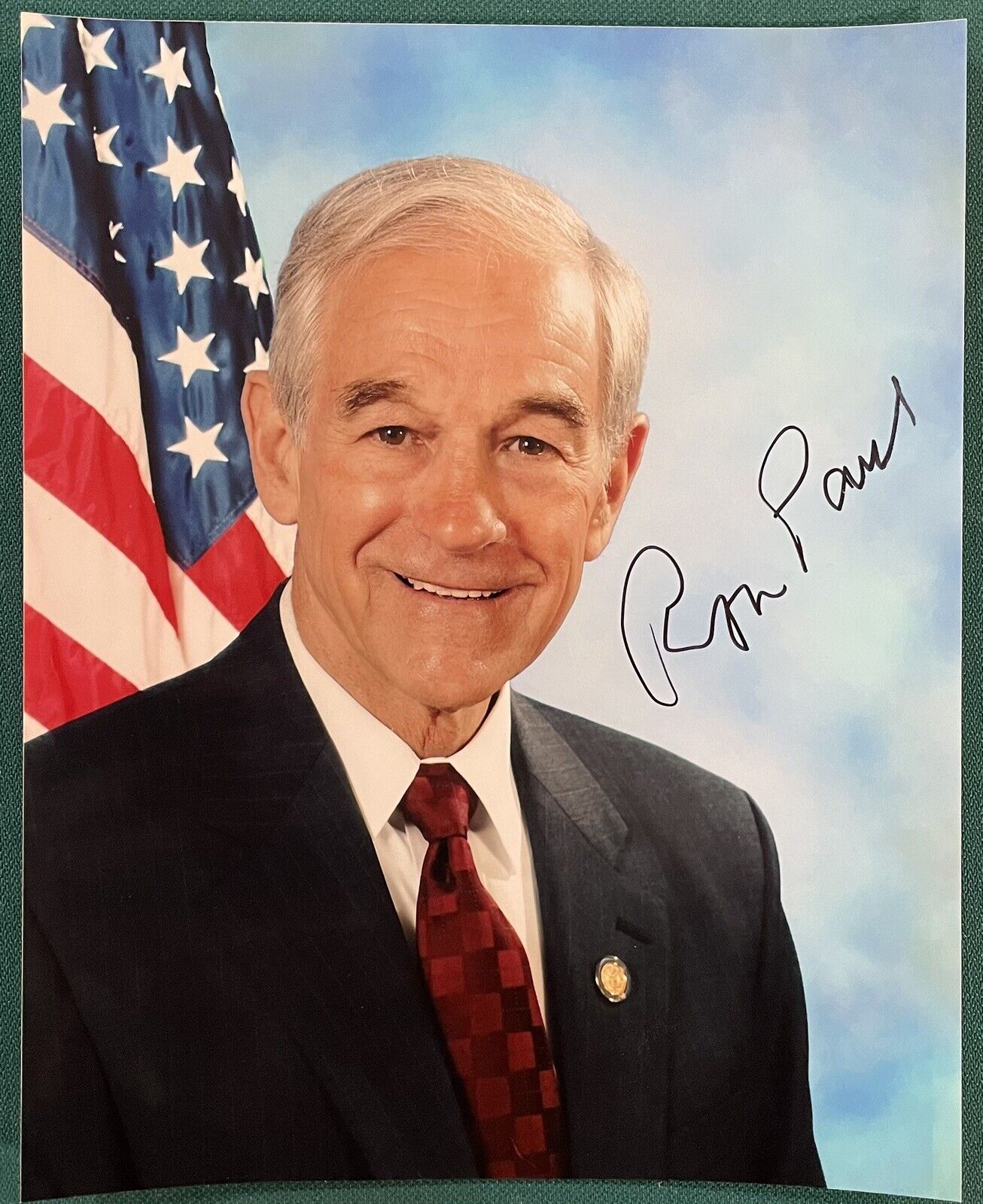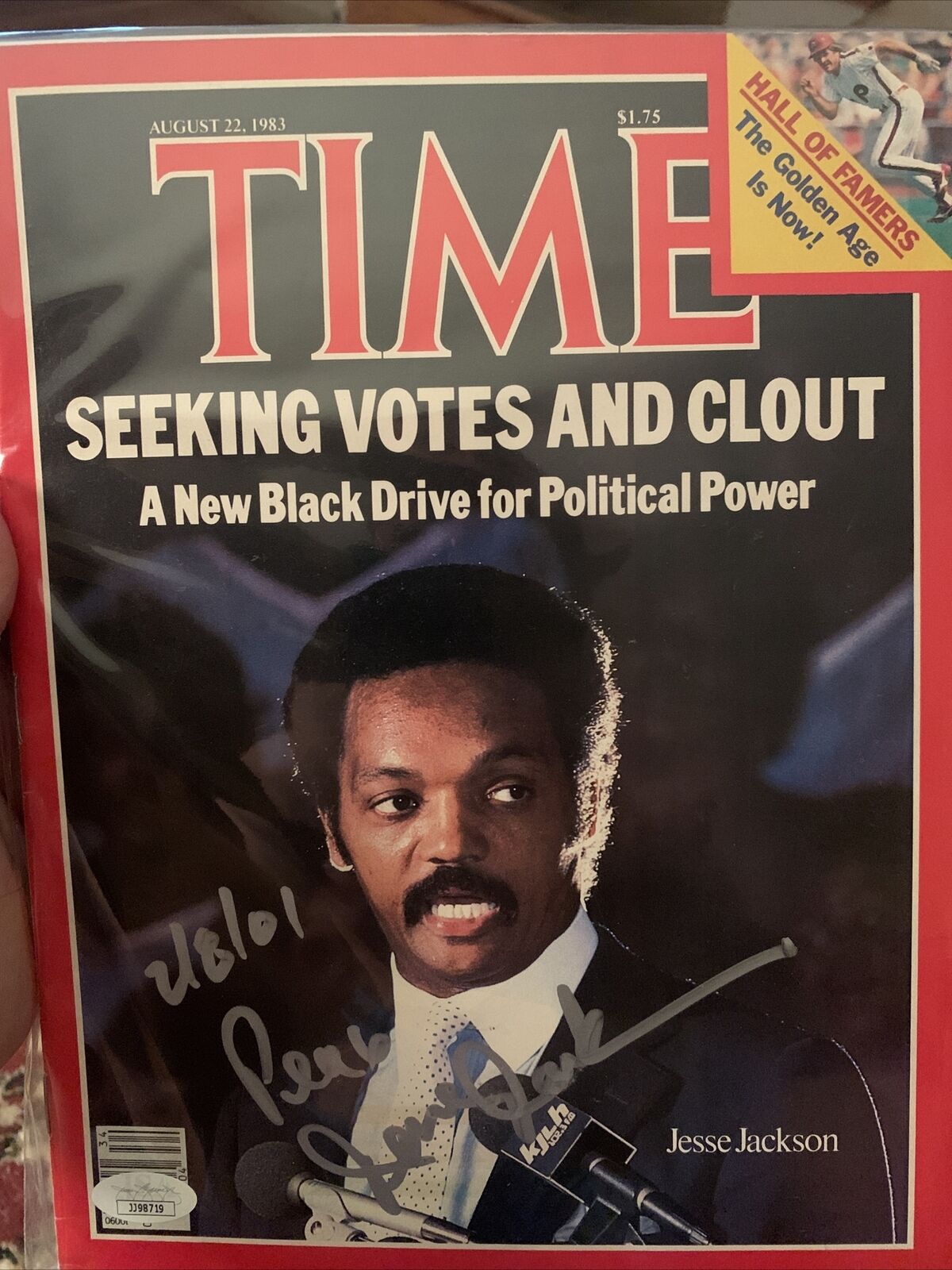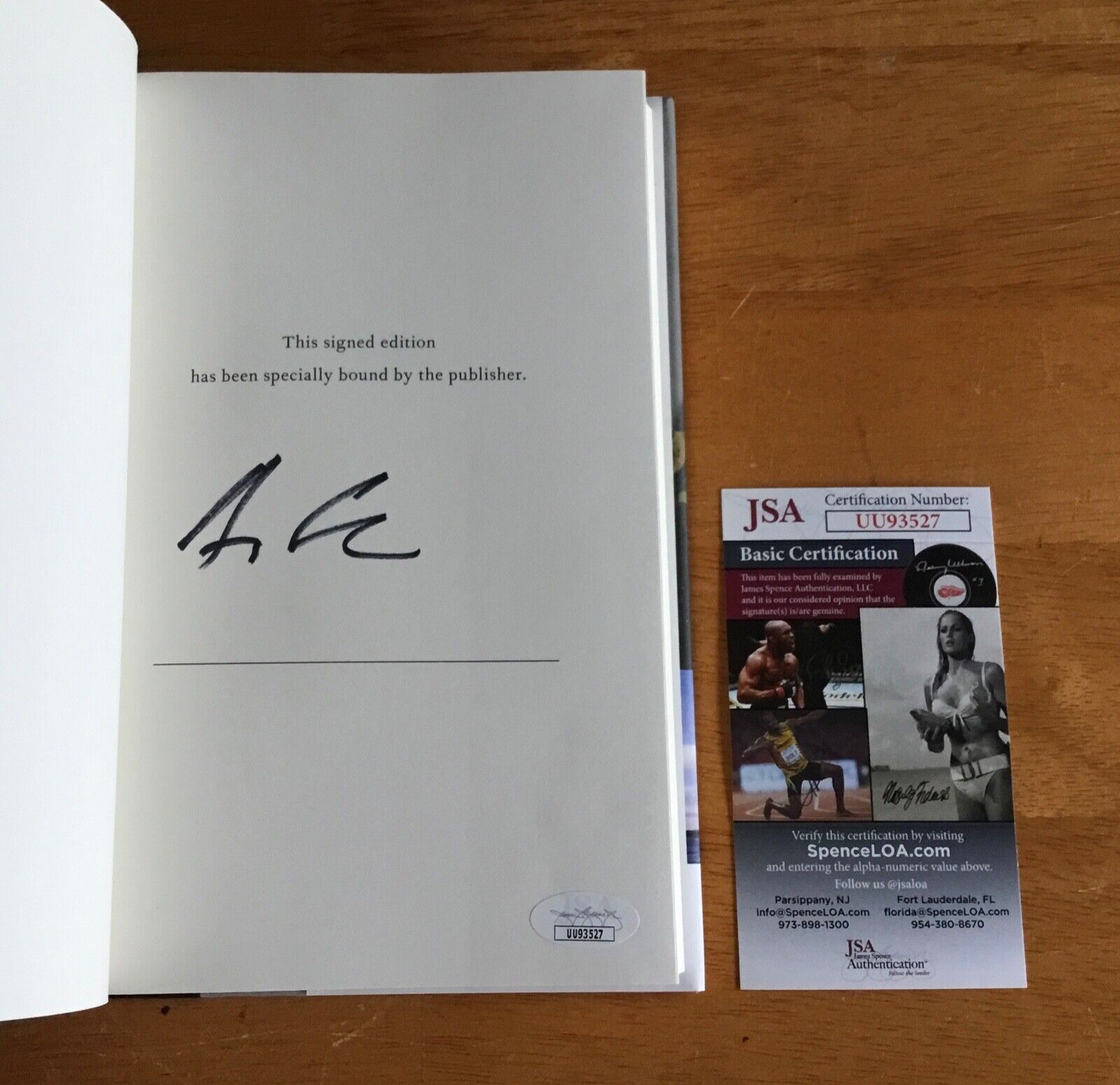-40%
Edward Stanley Lord Derby & Sansovino (horse) 1924 Signed Photo Card & Envelope
$ 26.39
- Description
- Size Guide
Description
Edward Stanley Lord Derby & Sansovino (horse) 1924 Signed Photo Card & EnvelopeEdward George Villiers Stanley, 17th Earl of Derby, (4 April 1865 - 4 February 1948), styled Mr. Edward Stanley until 1886, then The Hon. Edward Stanley and then Lord Stanley from 1893 to 1908, was a British soldier, Conservative politician, diplomat, and racehorse owner. He was twice Secretary of State for War and also served as British Ambassador to France.
Derby entered Parliament for Westhoughton in 1892, and served under Lord Salisbury as a Lord of the Treasury between 1895 and 1900 and under Salisbury and later Arthur Balfour as Financial Secretary to the War Office between 1901 and 1903. In October 1903 he entered the cabinet as Postmaster General, a post he held until the government fell in December 1905. He lost his seat in the 1906 general election. In 1908 he succeeded his father in the earldom and took his seat in the House of Lords.
In August 1914 Lord Derby organised one of the most successful recruitment campaigns to Kitchener's Army in Liverpool. Over two days, 1500 Liverpudlians joined the new battalion. Speaking to the men he said: "This should be a battalion of pals, a battalion in which friends from the same office will fight shoulder to shoulder for the honour of Britain and the credit of Liverpool." Within the next few days three more pals battalions were raised in Liverpool. In October 1915, as Director-General of Recruiting, he instituted the Derby Scheme, a halfway-house between voluntary enlistment and conscription (which the Government was reluctant to adopt). It was not sufficiently successful in spite of the fact that the execution of Nurse Edith Cavell by the Germans on 12 October 1915 was used in recruitment rallies and conscription followed in 1916.
In July 1916 Derby returned to the government when he was appointed Under-Secretary of State for War by H. H. Asquith, and in December 1916 he was promoted to Secretary of State for War by David Lloyd George. In this position he was a strong supporter of the Chief of the Imperial General Staff Sir William Robertson and of the Commander-in-Chief of the BEF, Field Marshal Haig. Haig privately had little respect for him, writing to his wife (10 January 1918) that Derby was "like the feather pillow, bear[ing] the mark of the last person who sat on him" and remarking that he was known in London as the "genial Judas". Robertson's biographer writes that during the crisis over Robertson's removal Derby "made himself ridiculous" by asking everyone, including the King, whether or not he should resign, and then in the end not doing so, only to be removed from the War Office a few weeks later.
Derby and John Joseph Woodward (who was also secretary) jointly founded the ex-servicemen's organisation, the Comrades of the Great War in 1917 as a right-wing alternative to the National Association of Discharged Sailors and Soldiers (NADSS) and the National Federation of Discharged and Demobilized Sailors and Soldiers (NFDSS), the latter of whom had put a candidate up against his son Lord Stanley in the 1917 Liverpool Abercromby by-election. The rival groups later merged into the British Legion formed in 1921.
In April 1918 he was made Ambassador to France, which he remained until 1920. In April 1921 he was sent secretly to Ireland for talks with �amon de Valera, and it is likely that these talks paved the way for the truce which in turn led to the Anglo-Irish Treaty. He again served as Secretary of State for War under Bonar Law and Stanley Baldwin from 1922 to 1924. Derby was made a CB in 1900, sworn of the Privy Council in 1903, KCVO in 1905 and a GCVO in 1908, Knight of the Garter in 1915, GCB in 1920. He was awarded the Freedom of the City of Manchester in 1934.
Derby was Lord Mayor of Liverpool between 1911 and 1912. He served as honorary president of the Rugby Football League, and donated a cup for the French authorities to use for a knock-out competition, much as his father had done for ice hockey with the Stanley Cup. This is now known as the Lord Derby Cup. Between 1937 and 1947 he was the president of the National Playing Fields Association (now renamed Fields in Trust). He was also, from 1929 to 1945, the chairman of the Pilgrims Society, becoming their president, until his death in 1948. Derby served as East Lancashire Provincial Grand Master of Freemasonry from 1899 until his death. He also held the post of Lord Lieutenant of Lancashire between 1928 and 1948.
The Epsom Derby was named after the 12th Earl while The Oaks was named after the 12th Earl's house near Epsom. Derby followed in the family tradition and was one of the most prominent owner breeders during the first half of the 20th century. Among his stables' important wins were:
Epsom Derby (3): 1924, 1933, 1942; Epsom Oaks (2): 1928, 1945; St. Leger Stakes (6): 1910, 1919, 1923, 1928, 1933, 1943; 1,000 Guineas (7): 1916, 1918, 1923, 1930, 1936, 1943, 1945; 2,000 Guineas (2): 1926, 1944.
Amidst great fanfare that included making the cover of Time, in 1930 the 17th Earl visited Louisville, Kentucky, with Joseph E. Widener where he was the honoured guest of Churchill Downs president Col. Matt Winn at the 56th running of the Kentucky Derby.
His biggest achievement though was his breeding of the horse Phalaris. Phalaris was a champion sprinter and a stallion par excellence responsible for establishing the most dominant sire line in Europe and later, the United States through his four sons - Sickle, Pharamond, Pharos and Fairway.
Lot comprised by:
a) 5" x 4" 1/4 Card with printed photo of Lord Derby with "Sansovino", after winning the Epsom Derby on June 4, 1924. Card is hand signed by himself and dated August 11th, 1924. Condition: Excellent - (Slightest foxing)
b) Front cover of envelope used to ship the card, posted from from London on August 13th, 1924. Condition: Excellent
REF #:
AZ-47
Provenance:
From the collection of Alejandro Zorrilla de San Martin (birth: Montevideo, Uruguay, September 21, 1880 - death: Montevideo, Uruguay: December 12, 1941), who spent over 20 years collecting autographs mainly from prominent political figures worldwide. He used to send blank cards with a newspaper or magazine clipped photo of the person, attaching a letter asking for an autograph and including a self-addressed envelope.
Important
:
We only deal on vintage original collectible papers. As such these are not a modern reproductions or computer generated prints.
Shipping
:
Price are based upon actual costs, we ship from Uruguay through FedEx International Priority which offers a fantastic shipping record in all senses.
So shipping cost is as follows:
1 up to 100 similar items via FedEx International Priority:
US$ 20 to USA, CANADA and Americas
US$ 25 to EUROPE
US$ 30 to the rest of the World











